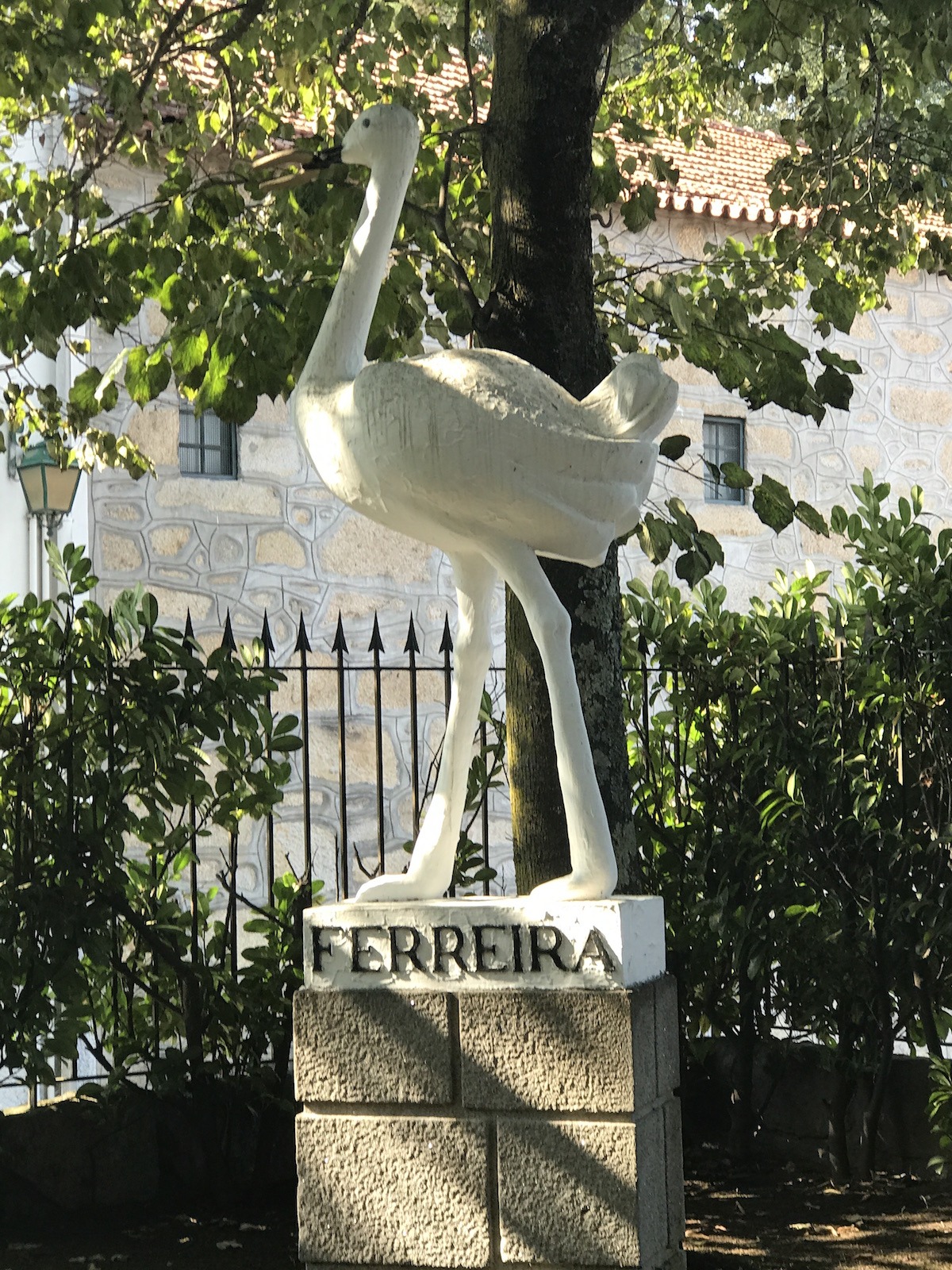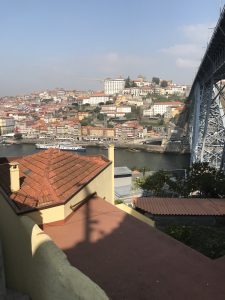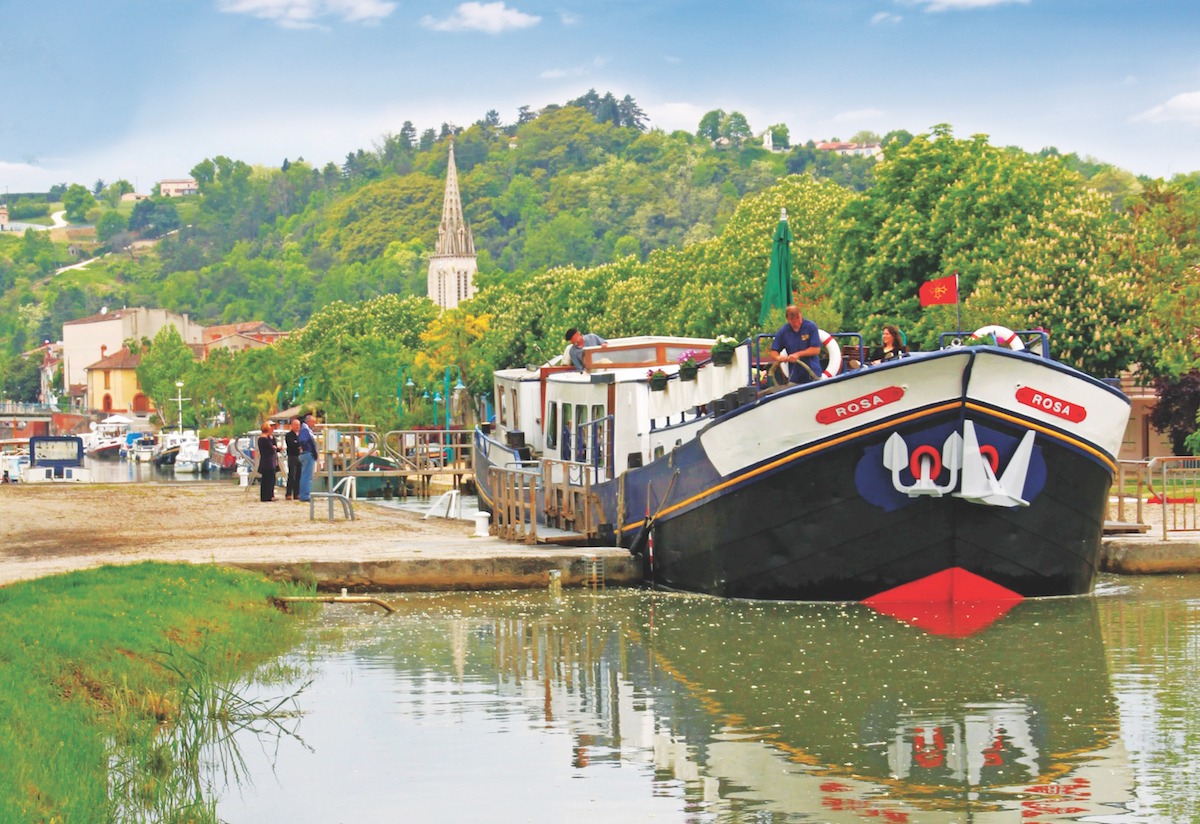
Grape Destinations: Visit Vila Nova de Gaia. Feel Portuguese!
At last, I was on my way to Porto, the city by the Douro River. On the train, or comboio, that I took from Oriente station in Lisbon, I was expecting to arrive at night in Porto, an almost three-hour ride. Uhum, well, not exactly – because it took me to Vila Nova de Gaia, on the other shore of the Douro, where the hotel was. No worries, both cities share Portuguese charm together.
From the station to the boutique hotel Oh Porto, I took a taxi. That taxi driver was a daredevil! At night, it was like a less-than-10-minute ride. The old streets on Vila Nova de Gaia are steep, narrow, and winding, most of them with one-way signs and some parked cars. So for my peace of mind, I did not have to drive at night in Vila Nova.
The hotel was very interesting, with minimalist-modern artisan feel to every corner of the structure, as well as comfortable rooms, with a kitchenette, private bathrooms and even breakfast taken to your room. The location, on the Calçada da Serra no. 85, is near restaurants, shops, wine cellars, and the beautiful Dom Luis I bridge. On the higher floors expect beautiful views of Porto from your window! One of the features that made me fell in love with the Oh Porto is a small terrace for guests. Go upstairs, enjoy the view, the weather, and at night the music from the river walk.
 In Vila Nova de Gaia, I had a tour at Cavas Ferreira on Ramos Pinto Avenue, a main artery for businesses and tourism in the area. This is where the whole “port boom” wrote a chapter of its history. The rabelos, port-wine ships narrow and long, create a wonderful backdrop along both sides of the Douro, the same river that in Spain is called Duero. The cavas, cellars for wine storage, are very aromatic: you can smell spices like cinnamon, vanilla, white pepper, and fruits like berries and ripened plums.
In Vila Nova de Gaia, I had a tour at Cavas Ferreira on Ramos Pinto Avenue, a main artery for businesses and tourism in the area. This is where the whole “port boom” wrote a chapter of its history. The rabelos, port-wine ships narrow and long, create a wonderful backdrop along both sides of the Douro, the same river that in Spain is called Duero. The cavas, cellars for wine storage, are very aromatic: you can smell spices like cinnamon, vanilla, white pepper, and fruits like berries and ripened plums.
We tasted a ruby white port and a red port. Remember that port wine is a fortified wine, to which brandy is added to stabilize it and potentially promote aging gracefully. Do I need a port-based night cream to also reach my potential for aging gracefully at full speed? Probably.
The adding-brandy thing started around the 18th century, so the wines could reach England. The vast majority of port wine is considered “non-vintage” (base wines of different vintages meet together in a tank). There are port wine styles: the basic ruby; the tawny that has to age (you see on the label aged for 10 or 20 years); the LVB or late bottle vintage, aged four to six years previous to the bottling process; and the vintage, the one that is made only on superb years.
A walk from the cavas to a street market showed me how versatile local artisans are. Look up for all the handbags, hats and shoes made from cork. Yes, Portugal is a main producer of cork, the same stuff used to top wine bottles! You’ll find the national rooster – the Galos of Barcelos, an emblematic symbol of Portuguese folklore – in all possible color combinations. The sardine is another important character in everyday life, which you can find in pillows, decorations and table linens.
Dourum (Ave. Diogo Leite 454) is a small restaurant where food is fresh, very local and seasonal. Just try the local dishes, feel Portuguese! Try the lulas (or calamari), cod fish and octopus tentacles. You must als o sample the wonderful cheeses, hams, and blood sausages Portuguese-style, with lovely olive oil, garlic and fresh cilantro. Don’t forget un imperial (a small glass) of the Sagres beer, very light and palate-friendly.
o sample the wonderful cheeses, hams, and blood sausages Portuguese-style, with lovely olive oil, garlic and fresh cilantro. Don’t forget un imperial (a small glass) of the Sagres beer, very light and palate-friendly.
After the dinner, get to the river terraces, enjoy the view. Watch the rabelos. If there are street musicians, listen. Just relax, enjoy the splendor of Porto, the wines, the people – from the other side of the river. Feel like a Portuguese for a while!
Amanda Díaz de Hoyo is a wine, spirits, food and travel writer and blogger at https://paquecepas.com/.
Photos: Amanda Díaz de Hoyo









